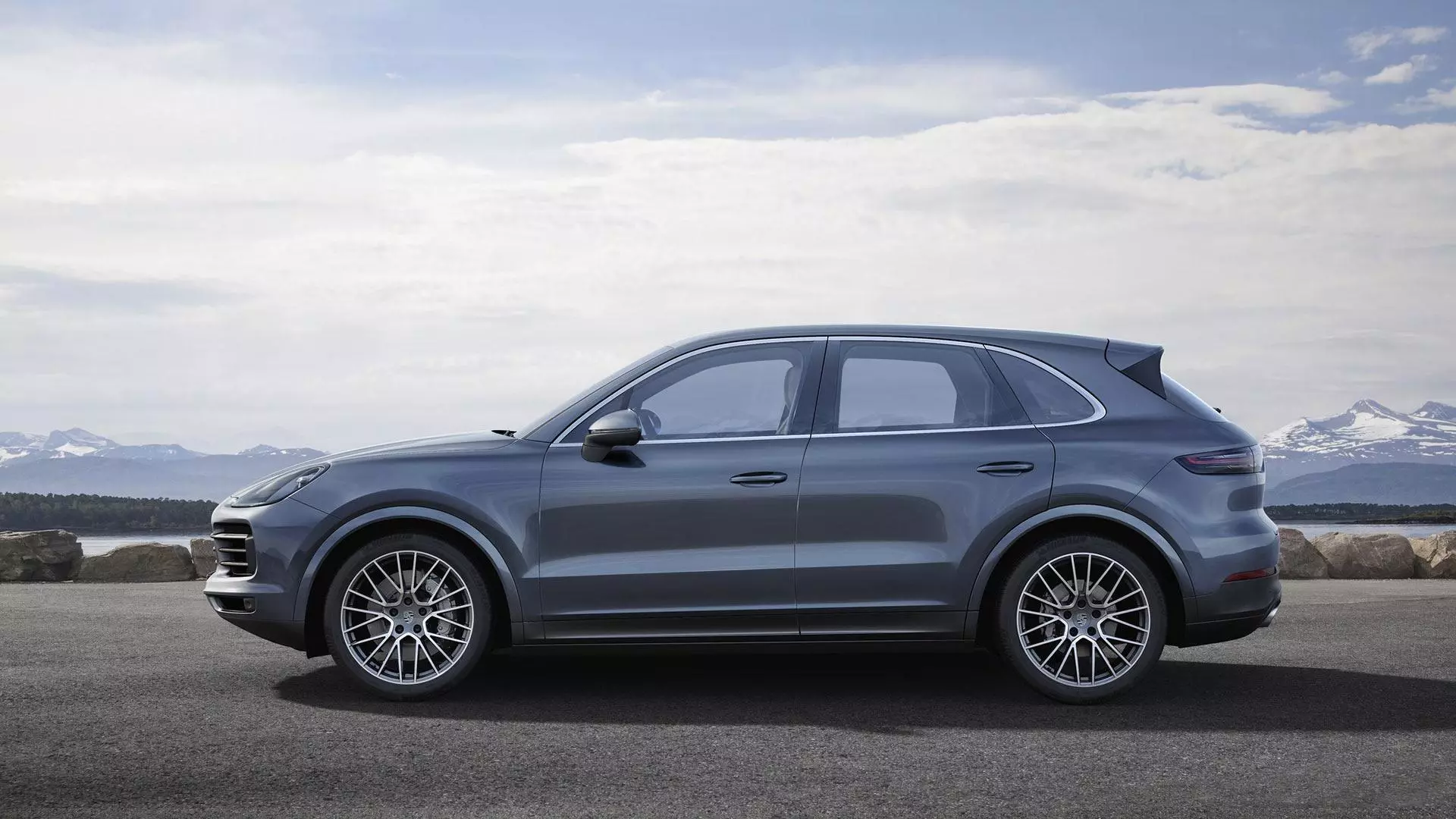The importance of the Porsche Cayenne for the German brand is undeniable. For many years it was even the brand's best-selling model, so Porsche didn't change the formula much. It doesn't differ much from the brand's approach to 911, evolving progressively. Although under the skin the revolution is total.
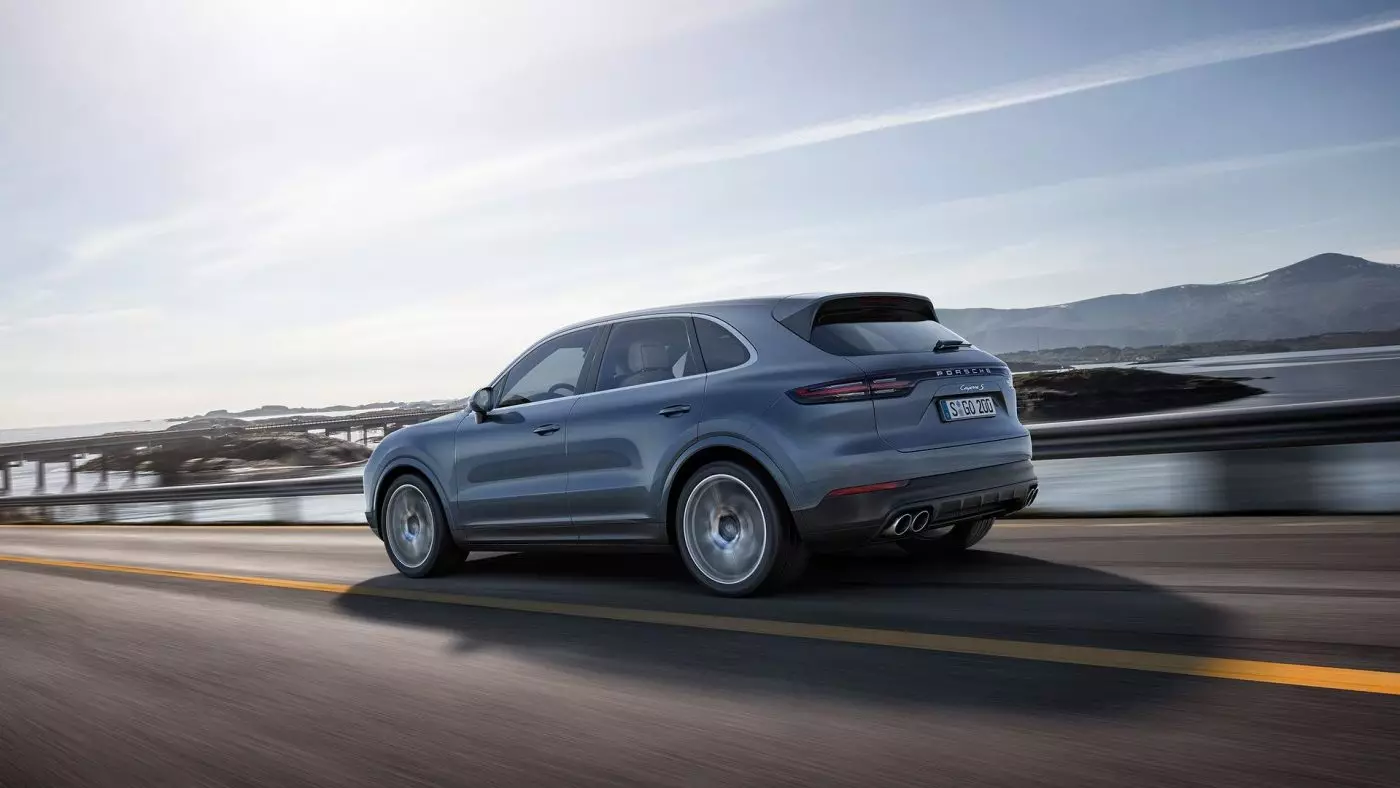
On the outside, at first glance, the new Cayenne looks like nothing more than a conservative restyling of its predecessor. Especially at the front where the differences seem to be too subtle. But everything changes when we get to the rear.
Here yes, we can see differences. The optics with almond contours of the predecessor give way to a solution “withdrawn” from Panamera Sport Turismo. A light bar crosses the entire width of the rear, resulting in a more defined and structured set, and adding a much-needed dose of identity.
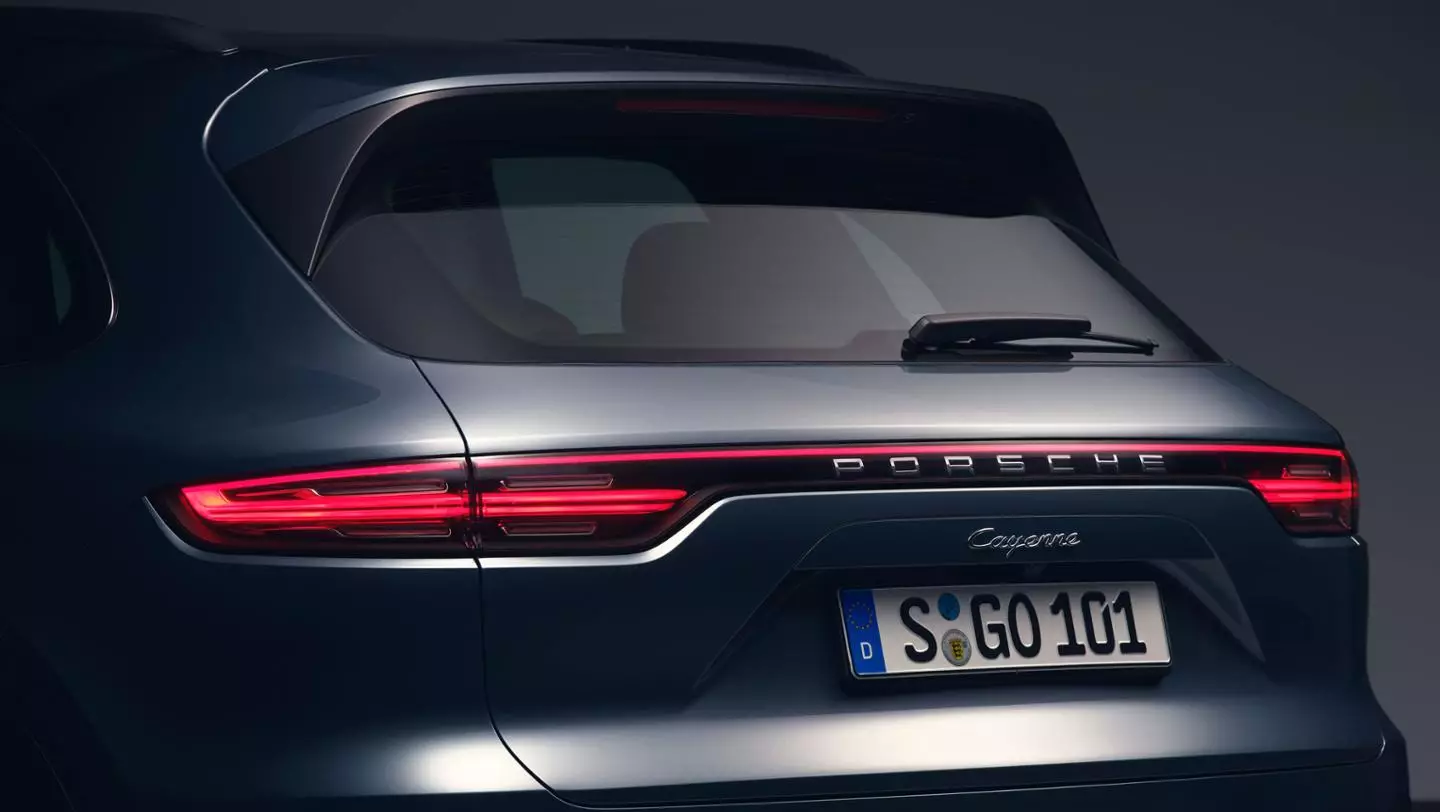
Oliver Blume, CEO of PorscheThe new Cayenne is a Porsche by all means and without compromises. You've never taken so much out of 911 as you are now.
bigger but lighter
The platform is the MLB Evo, developed by Audi, and which already serves the Audi Q7 and Bentley Bentayga. Interestingly, the third generation Cayenne maintains the wheelbase of its predecessor (2,895 m), despite having grown in length and width: more 63 mm and 44 mm respectively, reaching 4,918 m in length and 1,983 m in width. Only the height was slightly reduced – around nine millimeters – and is now 1,694 m.
Despite having grown, the German SUV is up to 65 kg lighter than the previous generation – base version weighs 1985 kg. As we have already seen in other models that use the MLB Evo, this one is made up of a mix of materials, especially high-strength steels and aluminium. The bodywork, for example, for the first time is all in aluminium.
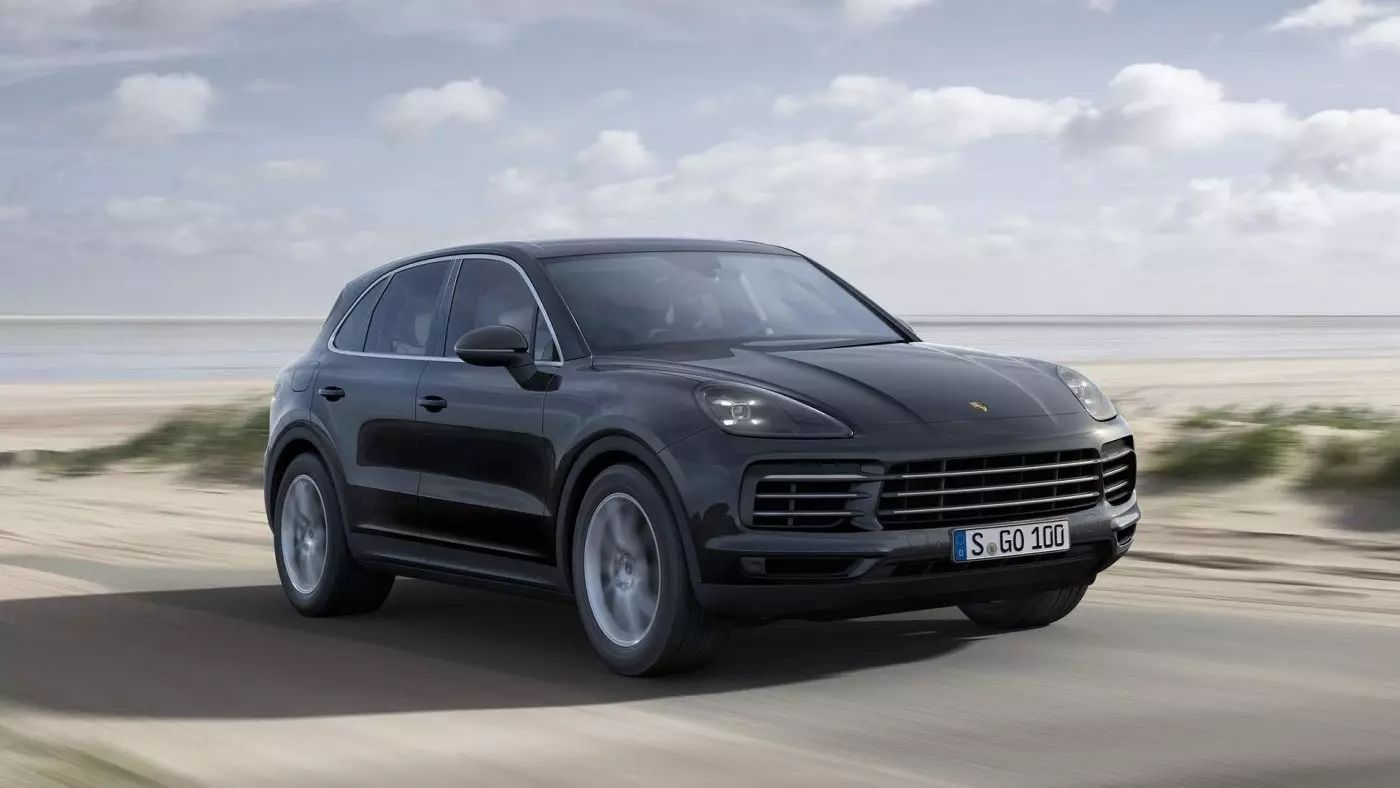
For now, only V6 and Diesel engines still to be confirmed
Porsche was expected to use the Panamera engines. The new Porsche Cayenne starts its range with a pair of petrol V6s – Cayenne and Cayenne S -, coupled to an eight-speed automatic gearbox and always with all-wheel drive:- 3.0 V6 turbo, 340 hp between 5300 and 6400 rpm, 450 Nm between 1340 and 5300 rpm
- 2.9 V6 turbo, 440 hp between 5700 and 6600 rpm, 550 Nm between 1800 and 5500 rpm
Both feature not only more power and torque, generating better performance, but also have lower consumption and emissions than the 3.6 V6 they replace. The “base” Cayenne accelerates from 0 to 100 km/h in 6.2 seconds and reaches a top speed of 245 km/h, while the Cayenne S reduces to 5.2 seconds and increases to 265 km/h in the same measurements.
The range should be expanded with a V8 for the Cayenne Turbo and a pair of hybrids – the same as the Panamera -, which includes the all-powerful powertrain of the Turbo S E-Hybrid with 670 hp.
As for the Diesel engines, the best-selling ones in the range, there are still no dates, due to the regulatory problems that the V6 Diesel is affected by in Germany. However, due to the large percentage of sales that Diesels guarantee in key markets, it is to be expected that both the V6 and V8 Diesel will reach the market later on.
More space and less buttons
The use of the new platform also allowed for superior use of space. Something quite visible in the luggage capacity of the new Cayenne. Not that the previous one was small – 660 liters -, but the leap is expressive for the new generation: there are 770 liters, 100 more than before.
The interior design also follows the latest developments that we have seen at Porsche, especially in the Panamera. Fewer touch-sensitive buttons, with more functions shifted to a new 12.3-inch touchscreen for a cleaner, more sophisticated looking interior.
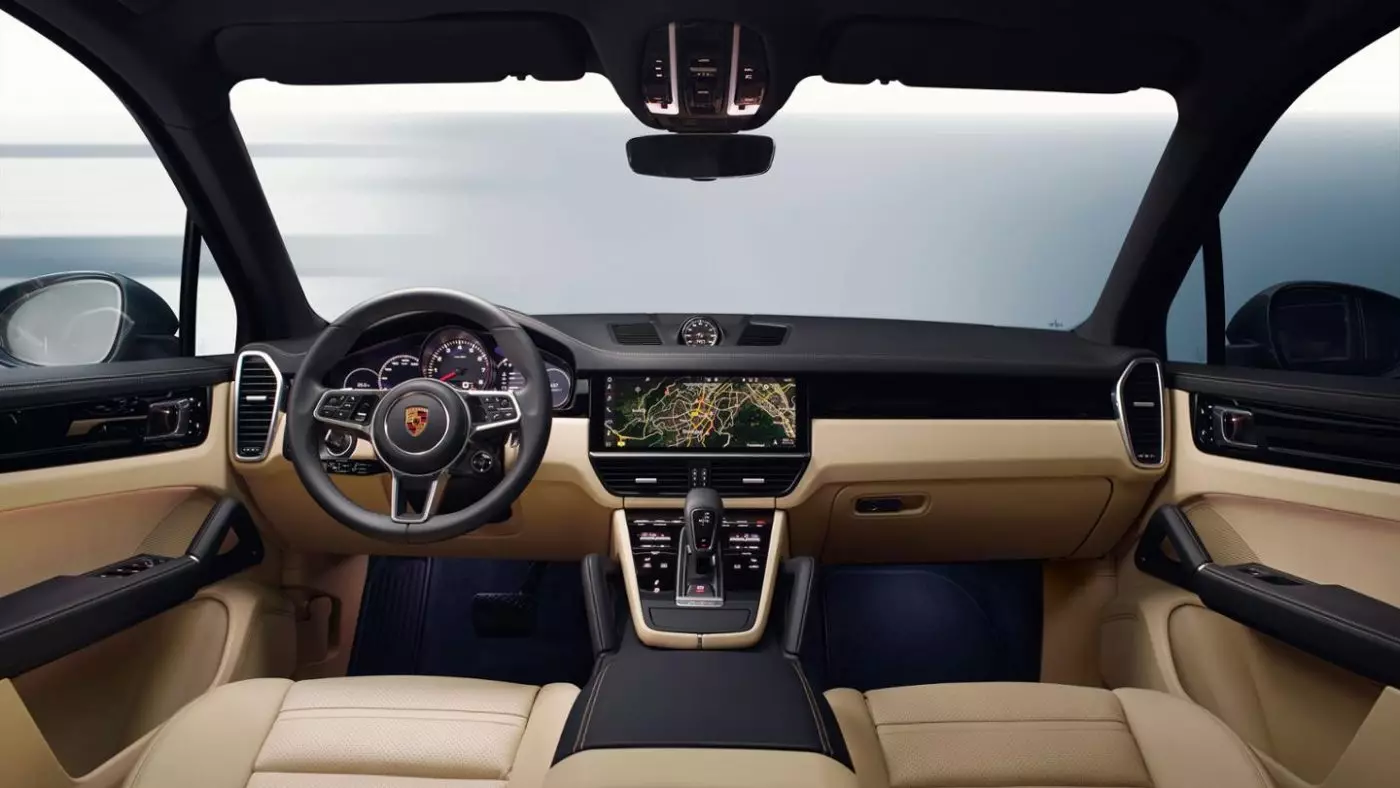
Heavily based on 911?
Even when in the information released we read things like “the Cayenne is heavily based on the 911, the iconic sports car” that make us contract our facial muscles, we know that Porsche leaves nothing to chance when it comes to dynamics.
For the first time, the big German SUV comes, like the 911, with tires of different dimensions at the front and rear and also comes for the first time with steering on the rear axle, enhancing the agility and stability. The wheels are also bigger, measuring between 19 and 21 inches.
Optionally, the Cayenne can come with adaptive air suspension and a range of control systems. PASM is standard, but as an option you can bring the PDCC – Porsche Dynamic Chassis Control -, which allows greater control over the bodywork, when using, for the first time, electric stabilizer bars. Such a solution is only possible thanks to the adoption of a 48V electrical system.
The new Porsche Cayenne features different driving modes, including off-road, contemplating different scenarios such as mud, gravel, sand and rock.
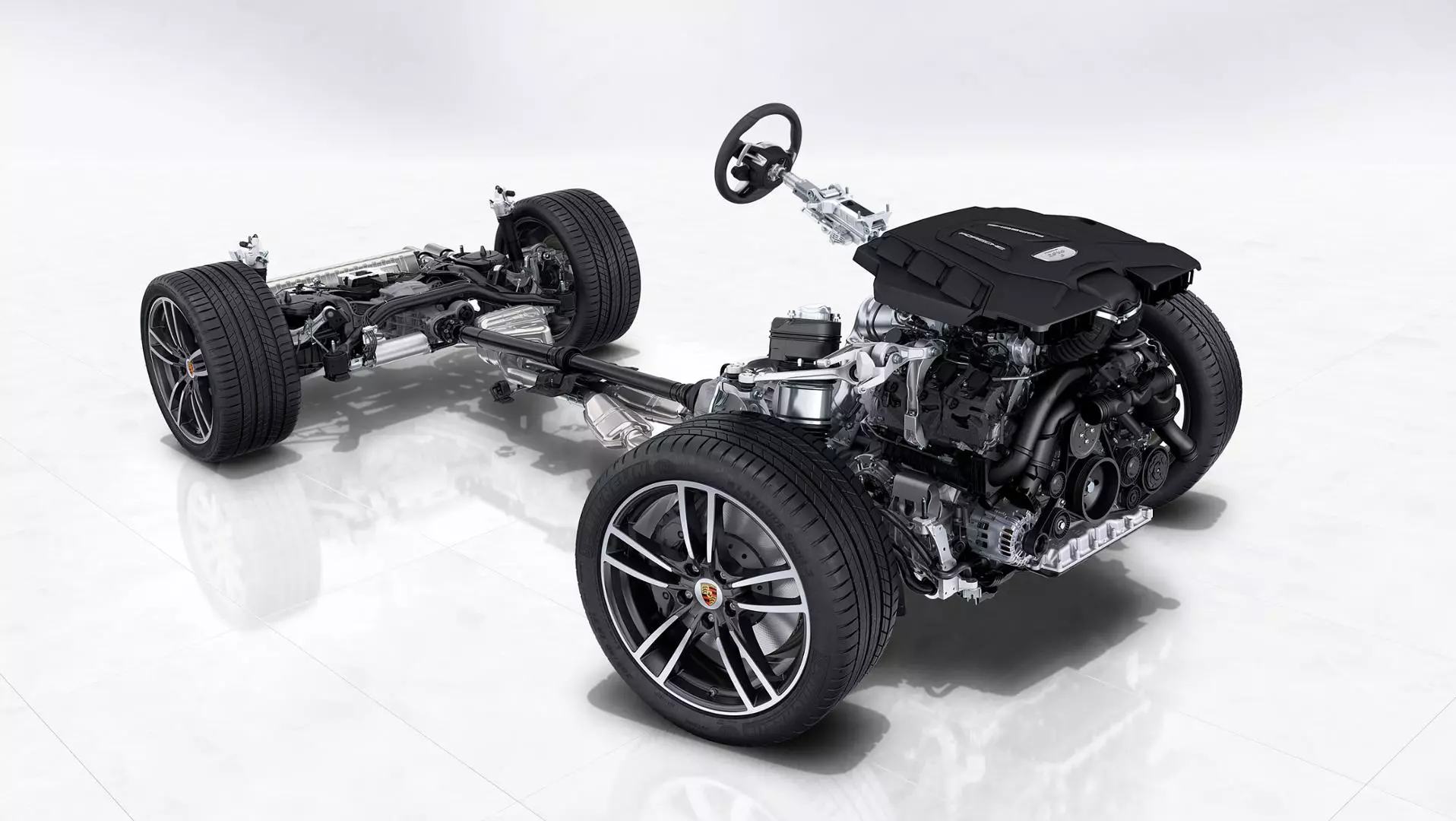
PSCB, an acronym meaning a world premiere
In addition to the conventional braking system and the PCCB – with carbon-ceramic discs – a third option is now available in the Porsche catalogue, with an absolute debut in the new Cayenne. These are PSCB - Porsche Surface Coated Brake -, which keep the discs in steel, but have a tungsten carbide coating.
The advantages over conventional steel discs are the superior friction of the coating, as well as the reduction of wear and the dust produced. It will be easy to identify them as the jaws will be painted white and the discs themselves, after bedded, gain a unique level of shine. This option is currently only available in conjunction with 21-inch wheels.
The new Porsche Cayenne will be publicly unveiled at the Frankfurt Motor Show and its arrival on the national market should take place in early December.
